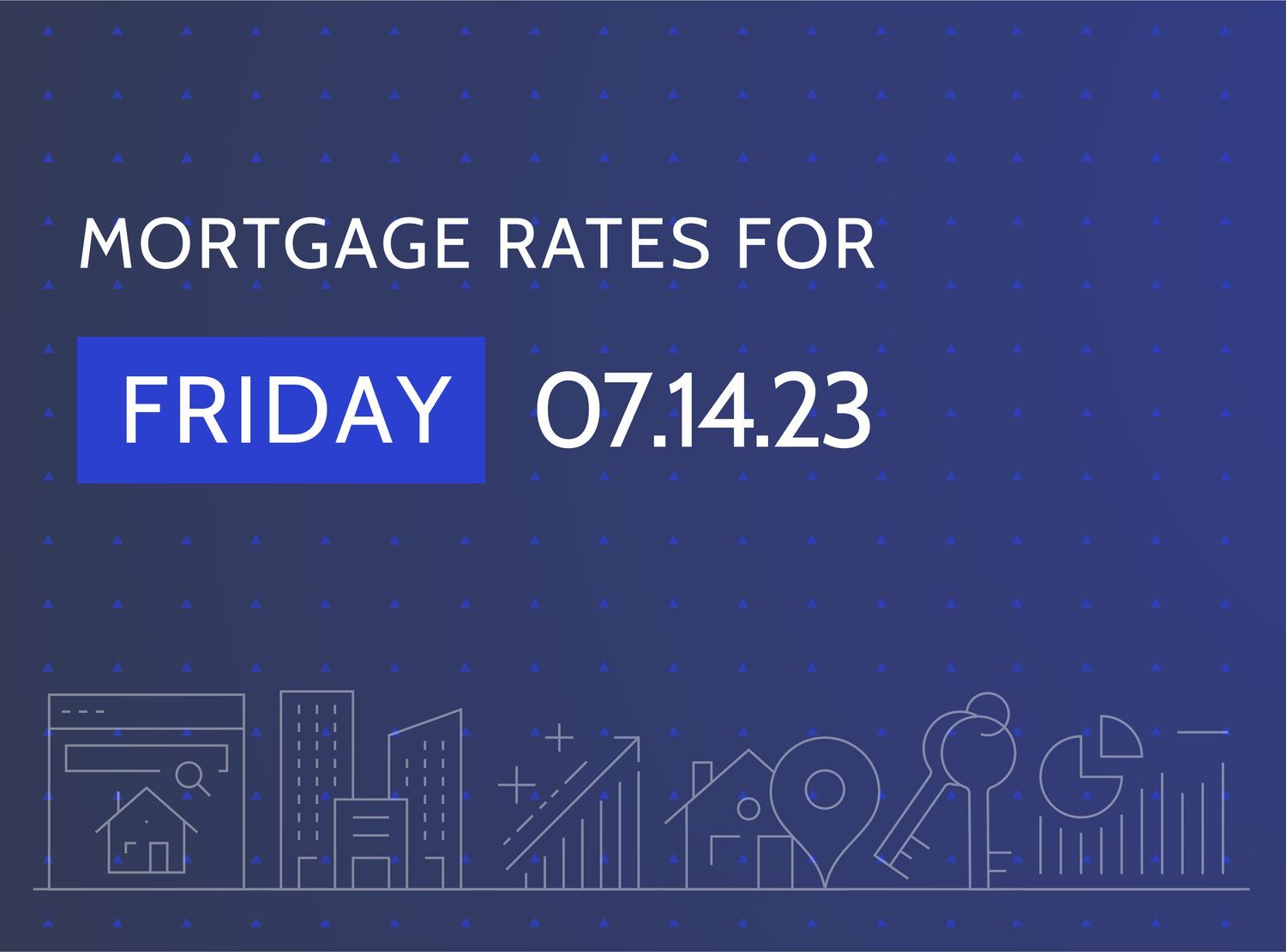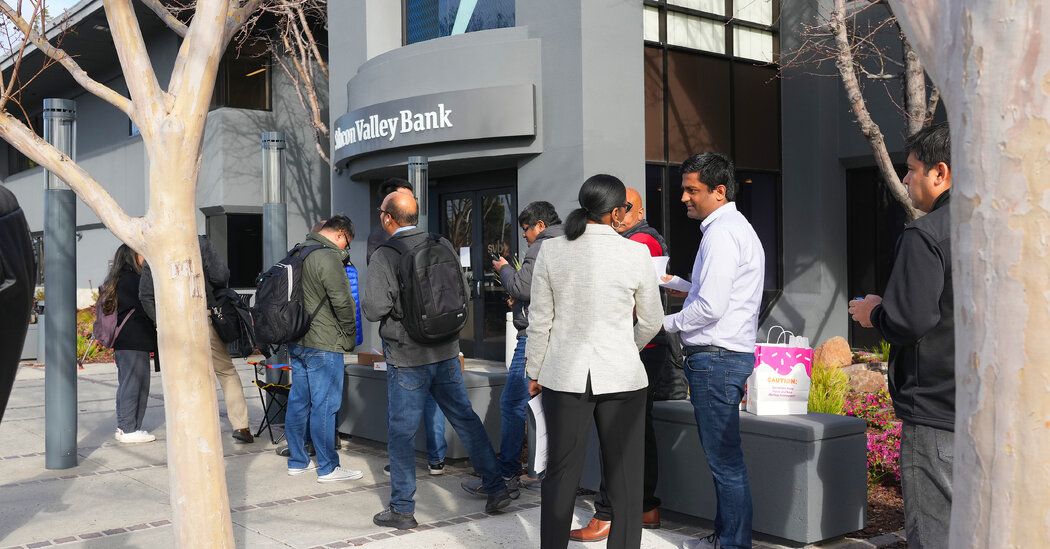30-Year Mortgage Rates Continue Slide Toward 3-Week Low
National averages of the lowest rates offered by more than 200 of the country's top lenders, with a loan-to-value ratio (LTV) of 80%, an applicant with a FICO credit score of 700–760, and no mortgage points.
Today's National Mortgage Rate Averages
Rates on 30-year mortgages dropped another eighth of a percentage point Thursday, piling on to four previous daily declines to lower the flagship average 53 basis points across five market days. The average is now down to 7.17%, which is its lowest level since June 23. One week ago, 30-year rates had surged to 7.70%, an estimated 20-year high.
Thursday's average rate for a 15-year mortgage, meanwhile, plunged a dramatic 29 basis points, sinking to 6.43%. The decline is even more dramatic when you look at the rate a week earlier, which was 68 basis points higher. In fact, at 7.11%, it was estimated to be at a 15-year high.
For a second day, the jumbo 30-year average shed 13 basis points, dropping Thursday to 6.39%. It's the jumbo average's lowest mark in about two weeks, while the 6.65% reading seen multiple days last week and this week is estimated to be the highest Jumbo 30-year average since at least 2009.
The 5/6 ARM average was the only loan rate to show an increase Thursday, adding a minor 5 basis points to reach 7.28%.
Like their new purchase siblings, refinancing rates were also significantly down Thursday, with every average declining. Both the 30-year and 15-year refi averages gave up almost a quarter percentage point, while the jumbo 30-year refi average subtracted an eighth of a point. The gap between 30-year new purchase and refi rates was 27 basis points Wednesday.
After a historical rate plunge in August 2021, mortgage rates skyrocketed in the first half of 2022. The 30-year average shot to 6.38% by June 2022, which was more than double the rate of 2.89% seen just 10 months earlier. Then an even more dramatic surge in September and October 2022 outdid the summer peak, with the 30-year average ultimately climbing another 1.2 percentage points and recording a 20-year high.
The recent May peak in 30-year rates took the average to another high, 7 basis points above the October high-water mark. But last week's surge raised the bar 5 basis points higher. However, it's difficult to nail down precisely how far back we'd have to go to find 30-year rates higher than what we've seen this week, since daily rate averages weren't published before 2009.
Source: Investopedia


